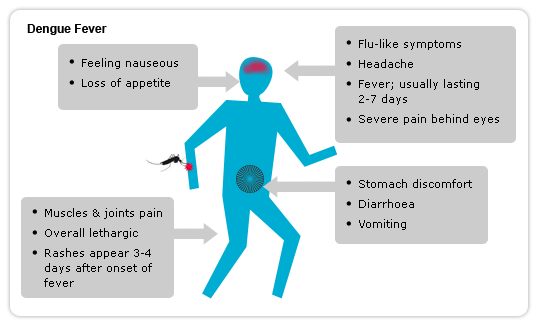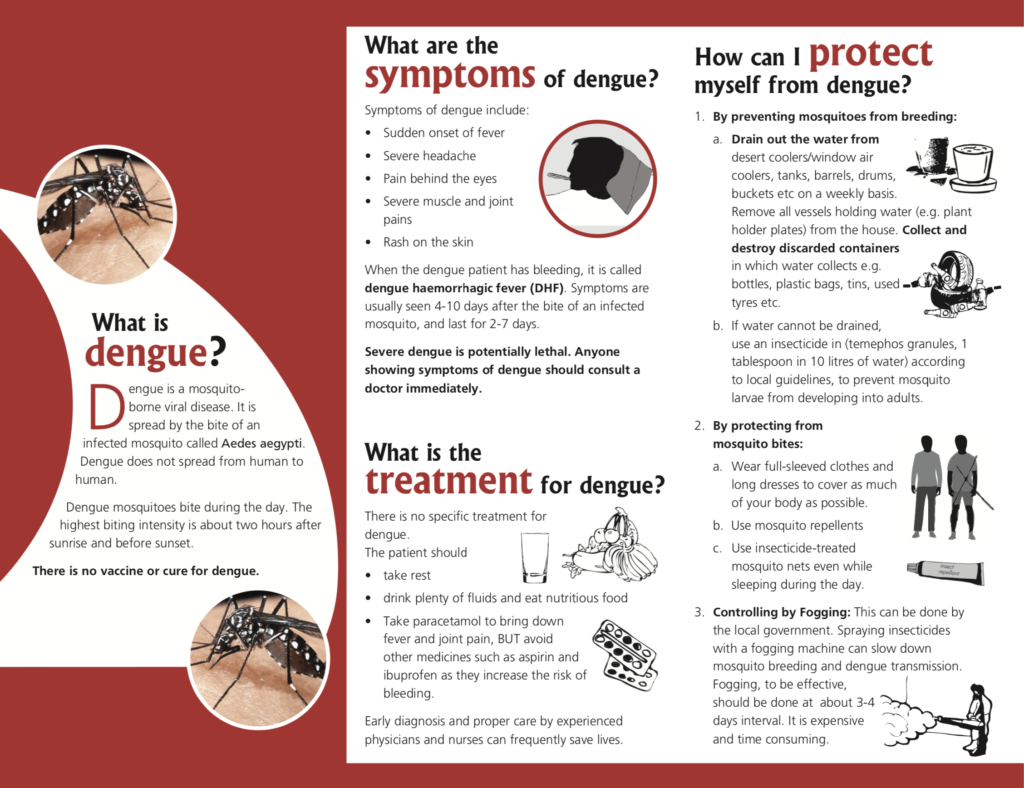Dengue fever, often abbreviated as DF, is a mosquito-borne viral infection that has become a significant public health concern worldwide. It is prevalent in tropical and subtropical regions, affecting millions of people annually. The disease can range from mild to severe, with potentially life-threatening complications if left untreated. Understanding its causes, recognizing its symptoms, learning how it spreads, and knowing the available treatment options are crucial steps in managing this condition effectively.

What Causes Dengue Fever?
Dengue fever is caused by the dengue virus, which belongs to the Flaviviridae family. There are four distinct serotypes of the virus, referred to as DEN-1, DEN-2, DEN-3, and DEN-4. Each serotype can cause the disease, and infection with one serotype does not provide immunity against the others. This means that a person can contract dengue fever multiple times throughout their life.
The primary vector responsible for transmitting the dengue virus is a specific type of mosquito known as Aedes aegypti. These mosquitoes thrive in warm and humid environments and are commonly found in urban and semi-urban areas. They breed in stagnant water sources such as flower pots, discarded tires, and open containers, making human habitats ideal breeding grounds.
Environmental Factors Contributing to Dengue Outbreaks
- Climate: Warm and wet climates are conducive to mosquito breeding, leading to higher transmission rates.
- Urbanization: Rapid urbanization without proper waste management creates more breeding sites for mosquitoes.
- Population Density: High population density increases the likelihood of human-mosquito contact, facilitating the spread of the virus.
Symptoms of Dengue Fever
The symptoms of dengue fever typically appear four to ten days after being bitten by an infected mosquito. In many cases, the infection may be asymptomatic or present with mild flu-like symptoms. However, some individuals develop more severe symptoms, which can progress rapidly if not addressed promptly.
Common Symptoms
- High fever, often reaching up to 104 degrees Fahrenheit
- Severe headache
- Pain behind the eyes
- Muscle and joint pain, sometimes referred to as “breakbone fever”
- Nausea and vomiting
- Rash, which usually appears a few days after the onset of fever
- Mild bleeding manifestations, such as nosebleeds or gum bleeding
Warning Signs of Severe Dengue
In some cases, dengue fever can progress to a more severe form known as severe dengue or dengue hemorrhagic fever. This condition requires immediate medical attention. Warning signs include:
- Severe abdominal pain
- Persistent vomiting
- Bleeding from the gums or nose
- Vomiting blood or passing black, tarry stools
- Difficulty breathing
- Fatigue or restlessness
How Dengue Fever Spreads
Dengue fever is transmitted through the bite of an infected female Aedes aegypti mosquito. These mosquitoes are daytime feeders, meaning they are most active during the early morning and late afternoon. Unlike other mosquito-borne diseases, dengue cannot spread directly from person to person. Instead, the virus is maintained in a cycle involving humans and mosquitoes.
The Transmission Cycle
- A mosquito bites an infected person and ingests the dengue virus while feeding on their blood.
- The virus replicates inside the mosquito’s body over a period of about eight to twelve days.
- Once the mosquito becomes infectious, it can transmit the virus to other humans through subsequent bites.
- The newly infected person may develop symptoms after an incubation period of four to ten days.
Factors That Increase Transmission Risk
- Lack of proper mosquito control measures in communities
- Inadequate access to clean water and sanitation facilities
- Travel to or from dengue-endemic areas
- Seasonal weather patterns, such as monsoon rains, which create ideal conditions for mosquito breeding
Treatment Options for Dengue Fever
Currently, there is no specific antiviral medication available to treat dengue fever. Treatment primarily focuses on relieving symptoms and preventing complications. Early detection and appropriate medical care can significantly reduce the risk of severe outcomes.
General Measures for Managing Dengue Fever
- Hydration: Maintaining adequate fluid intake is critical, especially for patients experiencing vomiting or high fever. Oral rehydration solutions are recommended to prevent dehydration.
- Pain Relief: Over-the-counter medications like acetaminophen can help manage pain and fever. However, nonsteroidal anti-inflammatory drugs such as ibuprofen should be avoided, as they may increase the risk of bleeding.
- Rest: Patients are advised to get plenty of rest to aid recovery.
Hospitalization for Severe Cases
In cases of severe dengue, hospitalization may be necessary to monitor and manage complications. Medical interventions may include:
- Intravenous fluids to address dehydration and maintain electrolyte balance
- Blood transfusions for patients with significant blood loss
- Close monitoring of vital signs and laboratory parameters to detect any deterioration
Preventive Measures During Recovery
After recovering from dengue fever, individuals should take precautions to avoid reinfection. Some key preventive measures include:
- Using mosquito repellents and wearing long-sleeved clothing to minimize exposure to mosquitoes
- Eliminating standing water around homes to reduce mosquito breeding sites
- Installing screens on windows and doors to keep mosquitoes out
Vaccination Against Dengue Fever
A vaccine for dengue fever has been developed and is available in certain countries. However, its use is limited to individuals who have previously been infected with the virus. Vaccination without prior exposure to dengue can increase the risk of severe disease if the person later contracts the virus. Therefore, vaccination programs are carefully targeted and implemented under strict guidelines.
Challenges in Vaccine Development
Developing an effective and universally applicable dengue vaccine has proven challenging due to the presence of four distinct serotypes. A successful vaccine must provide protection against all four types to prevent immune enhancement, a phenomenon where a subsequent infection with a different serotype leads to more severe symptoms.
Global Efforts to Combat Dengue Fever
Dengue fever poses a significant burden on healthcare systems, particularly in low- and middle-income countries. International organizations, governments, and researchers are working together to combat the disease through various initiatives.
Vector Control Programs
One of the primary strategies to reduce dengue transmission is controlling the mosquito population. Methods include:
- Community-based campaigns to eliminate stagnant water sources
- Use of larvicides and insecticides to target mosquito larvae and adults
- Biological control methods, such as introducing natural predators of mosquitoes
Public Awareness Campaigns
Educating communities about dengue prevention is essential for reducing transmission. Public awareness campaigns focus on:
- Teaching people how to identify and eliminate mosquito breeding sites
- Encouraging the use of personal protective measures, such as mosquito nets and repellents
- Informing individuals about the importance of seeking medical care early if symptoms arise
Research and Innovation
Ongoing research aims to improve diagnostic tools, develop new treatments, and refine existing vaccines. Advances in genetic engineering are also being explored to create mosquitoes that are resistant to the dengue virus or incapable of reproducing.





